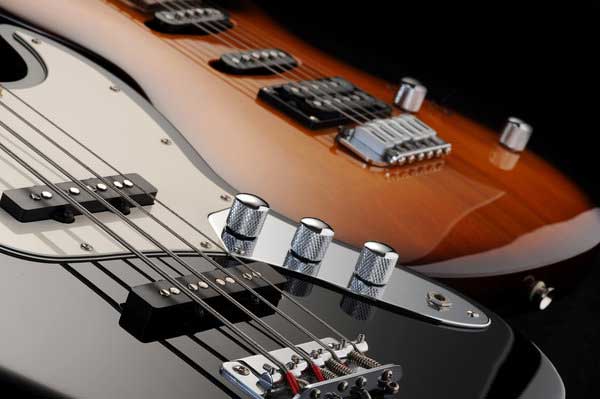In the world of music, there’s one instrument that often takes a back seat but plays a crucial role in shaping the sound we love – the bass guitar. Have you ever wondered why almost every band has a bass player? In this article, we’ll delve into the significance of the bass in music, exploring its contributions to rhythm, harmony, and more.

The Three Basic Elements of Music
To understand the bass’s role, let’s first break down music into its three fundamental elements: melody, harmony, and rhythm.
- Melody: Melody is the part of music that’s singable, often carried by the singer or a guitar solo. It’s what sticks in your head and makes a song memorable.
- Harmony: Harmony involves playing groups of notes simultaneously. It can be created by a single instrument or a combination of instruments or voices, adding depth and richness to the music.
- Rhythm : Rhythm is the pulse of music, the beat you can tap your foot to. It’s the timing and coordination of musical sounds.
The Bass’s Rhythmic Foundation
The bass guitar’s primary role is in setting the foundation for rhythm and harmony, making it an indispensable part of any band. When you hear a bassline, you can feel the pulse of the music. It helps listeners tap their feet and connect with the beat.
The unique aspect of the bass is that it’s not just a rhythmic instrument; it also plays notes. These notes serve as a reference point for your ears. The lowest bass note helps your brain understand how all the other notes should sound when played together.
Shaping Harmony
In most bands, you’ll find drums, bass, a singer, and other instruments like guitar or keyboards. While drums provide pure rhythm, the other instruments play groups of notes called chords. However, without the bass, there can be a noticeable gap in the music.
The percussive sound of the bass complements the drums, forming the rhythmic backbone. Simultaneously, the bass’s notes connect with the notes of other instruments, creating harmony. This connection bridges the rhythm of drums with the melodic chords played by the other instruments.
The Power of the Bass
In essence, the bass wields both rhythmic and harmonic power in a band, making it an essential musical element. It sets the pulse of the music, anchors the harmony, and ties all the instruments together in a seamless musical tapestry.
For aspiring bass players, it’s essential to understand that technique is vital, but so are rhythm and harmony. These elements, when mastered, allow you to unlock the full potential of the bass and contribute significantly to your band’s sound.
Conclusion
The bass guitar is more than just a low-end instrument; it’s the backbone of rhythm and harmony in music. Its unique ability to connect the rhythmic and melodic aspects of music makes it indispensable in any band. So, whether you’re a musician or a music enthusiast, next time you listen to your favorite song, pay attention to the bass, and you’ll realize its undeniable importance in shaping the music we love.
